Beef Reproduction and Genetics
All Beef Reproduction and Genetics Content
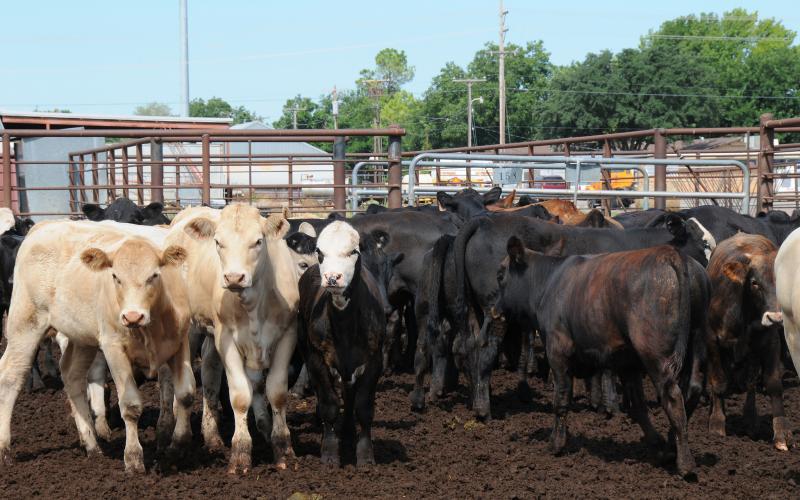
Effects of Nutrition Changes Following Artificial Insemination
When considering heifer development strategies, it may be important for a producer to consider nutritional stress from changes in the diet following breeding.

Managing Your Bull’s Fertility
Even though we might be a couple of months before the start of your breeding season, now is the time to really be thinking about your herd bulls.

Reproductive Injuries in Bulls on Pasture
While reproductive injuries in bulls might not occur every year in a given cow-calf operation, they’re one of the most-common reasons bulls are examined by veterinarians during the breeding season.
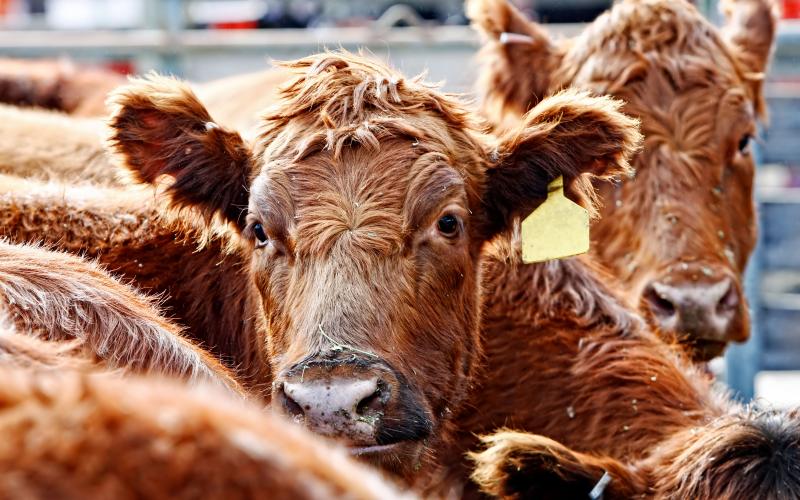
2021 Beef Cow Synchronization Protocols
The Beef Reproduction Task Force has developed recommended synchronization protocols for producers that will provide optimal pregnancy rates based on research and field use for both conventional and sexed (gender-selected) semen.
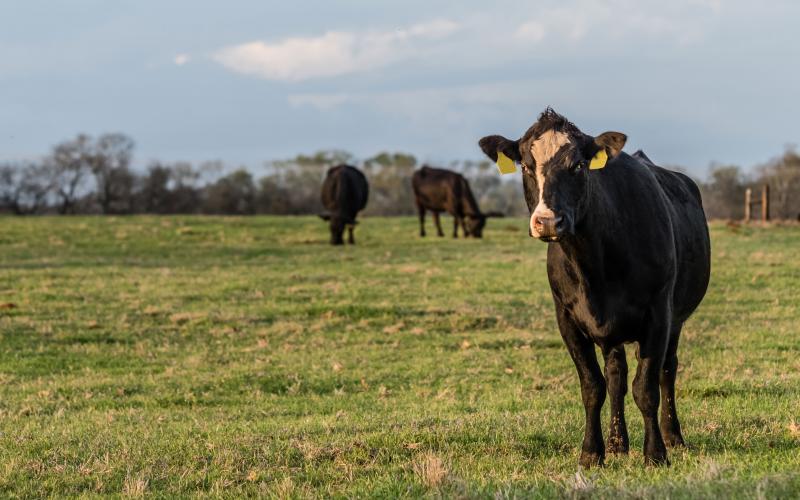
Using the Estrus Synchronization Planner
The Estrus Synchronization Planner has been available since 1998, developed by Iowa Beef Center. It has evolved over the years, proving to be an effective and easy tool to help select and implement synchronization protocols.
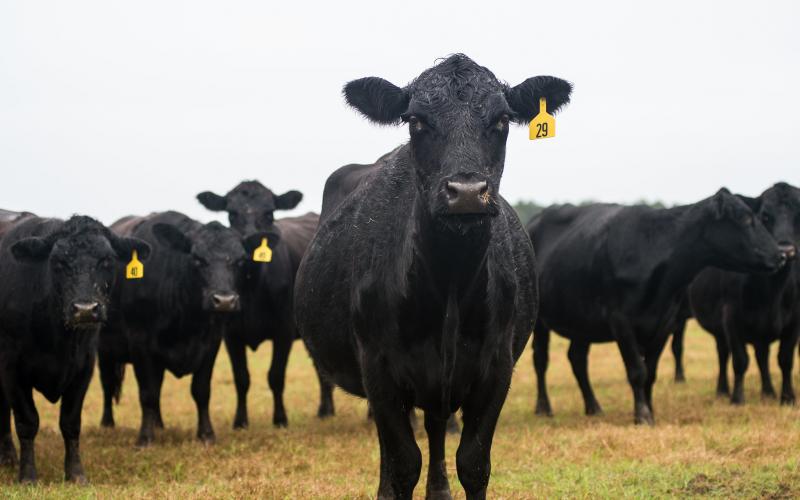
2021 Beef Heifer Synchronization Protocols
With the 2021 Artificial Insemination Beef Sire Directories now available, it is time to think about breeding season, especially if you will be using synchronization.
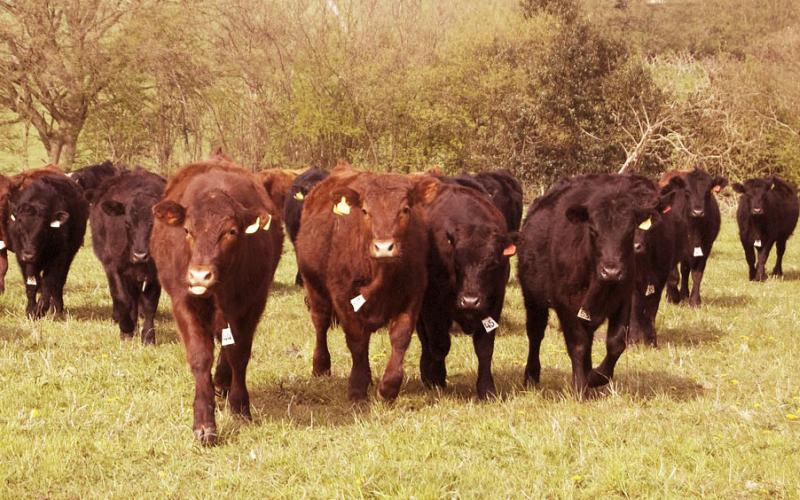
Early Weaning: Impact on Replacement Heifers
Early weaning calves is a common practice for managing through a drought. However, how does early weaning affect the heifers meant for replacements?
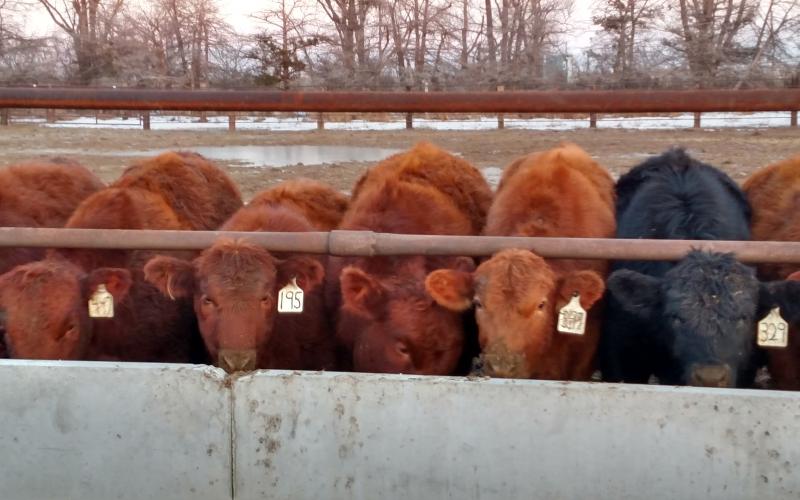
Don’t Let Dry Conditions Take a Toll on Breeding Success
If you feel pastures are not going to provide adequate nutrients to prepare cows for breeding, here are some management strategies that can be done to potentially stimulate estrus, maintain good pregnancy rates, and save some feed resources too.
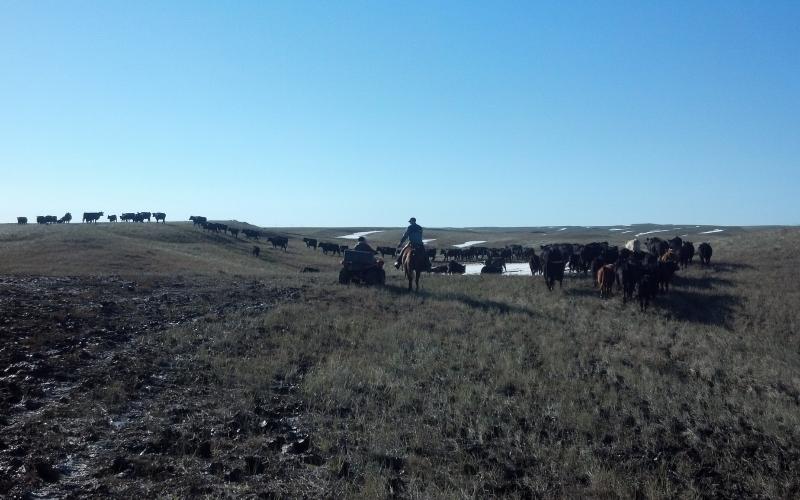
Late-Term Reproductive Losses in Beef Cattle: Diagnosing the Cause
Reproductive losses account for $1 billion in lost revenue to the beef industry each year. With cattle reproduction, focusing on what we can control and diagnose is the key to avoiding these losses.
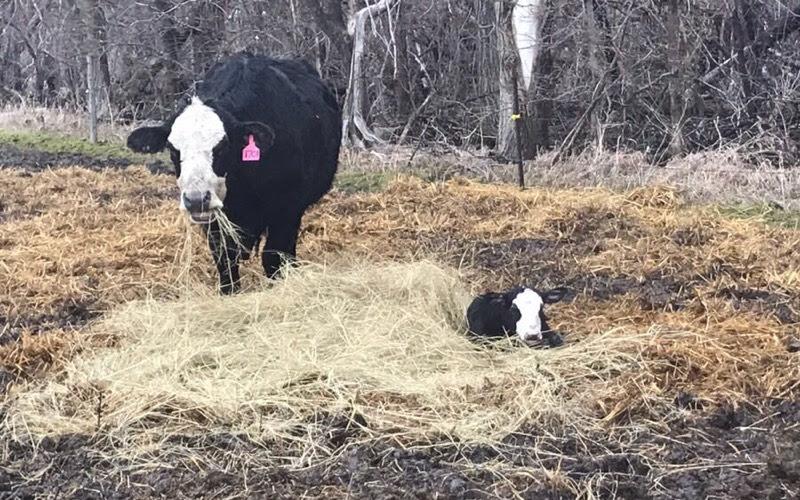
Planning for a Muddy Breeding Season
Early calving spring cow herds have wrapped up calving and are preparing for breeding season. If you are having flashbacks to breeding in the mud of 2018, try approaching this year with an open mind and review breeding season protocols with a “mud” backup plan.